If your sink food disposal unit is jamming, you’re not alone. In fact, kitchen sinks and garbage disposal units are the third most common plumbing issue in households. Chances are, at least 1 in 5 homeowners will experience a jam at least once a year. But don’t fret, we’re here to help you navigate through this, step by step.
Contents
- Identifying Jammed Disposal Symptoms
- Safe Approach to Jammed Disposal
- Tools Required for Unjamming
- Step by Step Unjamming Process
- Common Reasons for Jamming
- Preventing Disposal Unit Jams
- Professional Assistance for Jams
- Quick Solutions to Typical Issues
- Choosing Your Next Disposal Unit
- Ensuring Safe Disposal Use
- Useful Tips for Maintenance
- Relevant References and Resources
- Final Words
Identifying Jammed Disposal Symptoms
Garbage disposal jams have a few signature signs. Firstly, upon switching it on, you might notice an unusual humming noise instead of the typical grinding sound. This is your impeller plate struggling to spin due to obstruction. Secondly, avoid ignoring any sign of water backing up into the sink, this could be a symptom of a blocked or unserviceable mill (grinding) component in your disposal unit. Recognizing these symptoms swiftly can help prevent further damage.
In addition to these tell-tale indications, a nasty odour emitting from your drain could suggest an inefficiency in grinding and disposing waste. Remember that a whopping 47% of the 34.7 million tons of food waste generated was sent to landfills in 2015 alone according to the EPA. Thus emphasising the imperative role your garbage disposal unit plays in managing waste effectively.
Safe Approach to Jammed Disposal
Your safety should be priority number one when attempting to unjam your disposal. Prior to touching anything, ensure the power is off — this means both unplugging from the wall outlet and flipping off the circuit breaker found on your distribution board. Always remember that electricity and water make for an unsafe combination!
Equally important is never putting your hands down the drain into the disposal. Manufactured goods like garbage disposals aren’t designed for human hands to safely navigate their blades and grinders. Even when the unit is unplugged, it’s possible to irritate, cut or infect your skin.
Tools Required for Unjamming
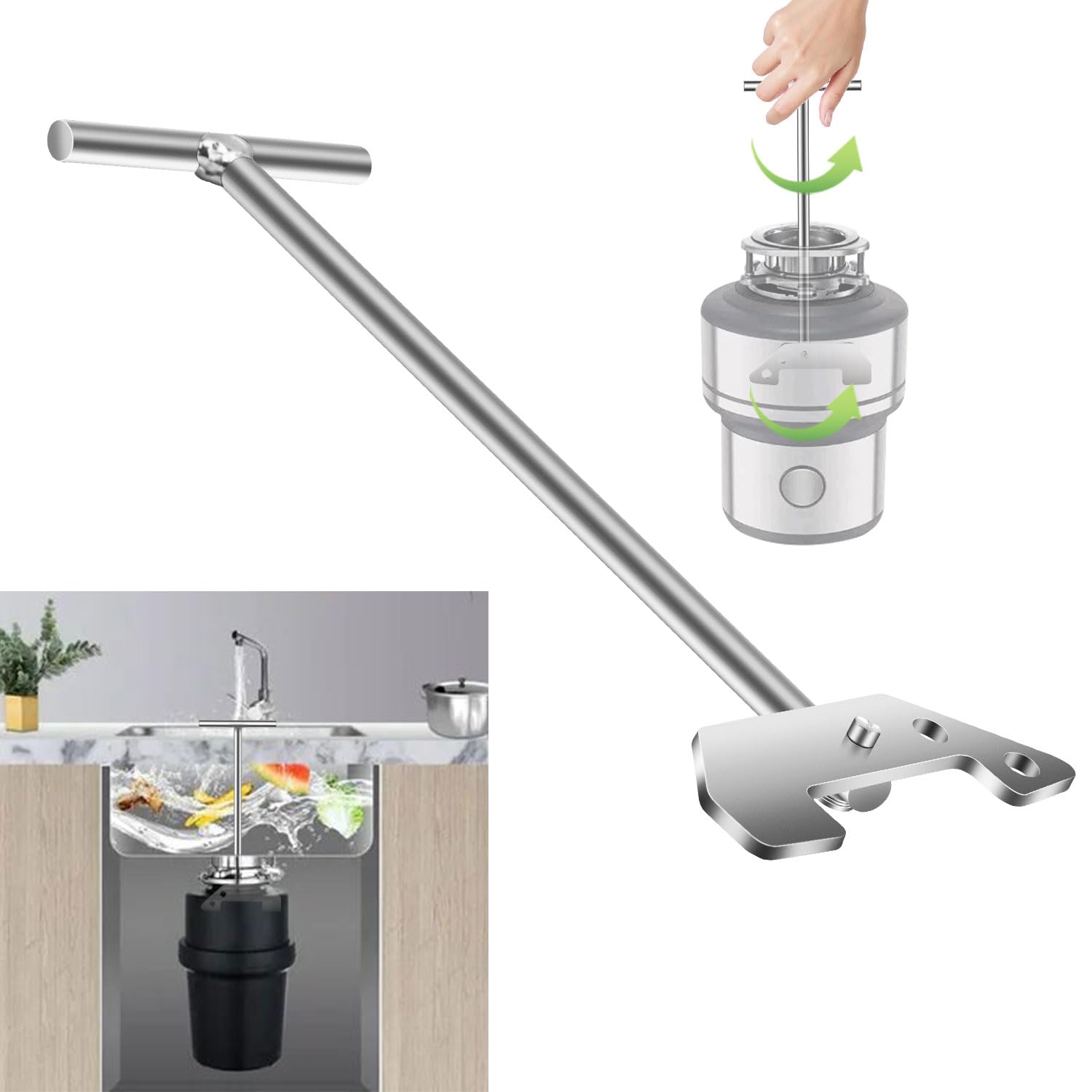
You won’t need a shed of tools to unjam your disposal. The primary instrument you’ll need is a 1/4 inch hex key. This is used to fit into the hole at the center bottom of the disposal, allowing you to manually rotate the masher to dislodge any stuck items. A flashlight or torch will come in handy too — being able to see into the disposal is a must!
Depending on the nature of the item causing the jam, you might require needle-nose pliers or even a wooden spoon to assist in its removal. Safety gloves are also useful, providing an added layer of protection and grip as you handle your equipment.
Step by Step Unjamming Process
Begin the unjamming process by locating and inserting your hex key into the hole at the bottom center of your disposal unit. Turn this key both ways — this manual rotation should release whatever is causing the jam. Just like how a mill loosens its grinds, turning this hex key helps loosen any obstructions in your waste grinder mechanism.
If this doesn’t resolve your issue, inspect your disposal with a flashlight to pinpoint what’s stuck. Once identified, use either your needle nose pliers or wooden spoon (never use your bare hands) to gently push against it in an attempt to dislodge it. Be patient — some stubborn jams might require several attempts.
Common Reasons for Jamming
Most often, jams occur because of incorrect items being put down our disposals. Remember that over 50% of jams sourced from Consumer Reports were due to things like fibrous vegetables, bones and cooking grease. These often create tough, sticky or stringy build-ups that our disposals find hard to grind and dispose.
The lifespan of your disposal unit can also influence its likelihood to jam. Similar to any piece of household equipment, time can result in wear and tear. Food disposal units on average have a lifespan of about 10-12 years — regular jams reduce their operational efficiency over time and can eventually lead to replacement.
Preventing Disposal Unit Jams
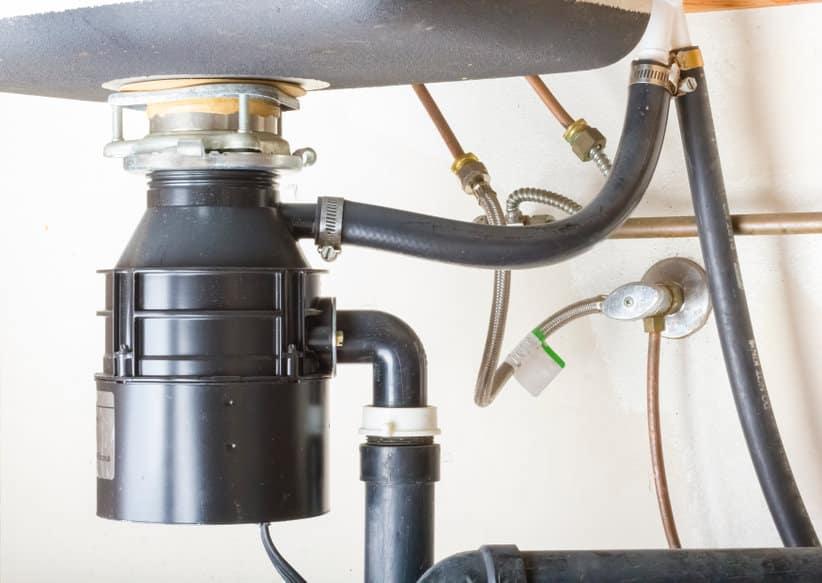
Regular cleaning and maintenance can go a long way too. Regular use helps keep the internal components moving freely. You might like to try dropping a few ice cubes into your running disposal once every few weeks — this helps clean off lingering food particles that could otherwise develop into a potential problem over time.
Professional Assistance for Jams
We at Dan’s Plumbing definitely advocate DIY solutions, but that doesn’t mean you should get gung-ho with a hex key when your garbage disposal unit gets jammed. You see, improper handling can potentially turn a quick repair into an equipment replacement nightmare. We’d say, if it’s been more than a couple of tries and the jam isn’t resolving, you should get professional help.
Even with the most well-manufactured goods, there are moments when things go wrong. It’s not just about using tools and trying to fix things yourself. There are certain issues like circuit breaker issues and impeller-related problems that demand expert attention. Working on these components requires safety knowledge, adequate precautions, and experience with distribution boards and electricals which licensed plumbers have.
Quick Solutions to Typical Issues
Before you roll up your sleeves to deal with a jammed disposal unit, always remember the golden rule: Never put your hands or fingers down the drain. For typical issues such as small jams caused by bits of food waste or other small items, you may be able to dislodge the jam by manually turning the mill (grinding).
A simple tool such as a hex key can help in this situation. Just locate the manual turning hole (usually underneath the disposal) and apply steady clockwise pressure with your hex key. If your unit doesn’t have this feature or this method hasn’t worked for you, remember it’s better to call in the professionals.
Choosing Your Next Disposal Unit
Disposing off kitchen scrap becomes way easier with a reliable garbage disposal unit. When your current disposer gets frequently jammed or seems well past its prime despite maintenance efforts, it might be time to look for a new one. Consider looking for units with better grinding capability, quality impellers that resist jamming, and easy reset mechanisms.
Other things to consider are whether the unit is quiet during operation, how much power it needs to operate effectively, its size (especially if you have limited space), and how easy it is to install. Speaking of installation, keep in mind that professional services like Dan’s Plumbing can ensure correct and safe installation.
Ensuring Safe Disposal Use
Running your garbage disposal unit safely extends its lifespan and prevents unnecessary jams. We suggest not disposing off certain materials such as fat or oil, fibrous waste like celery or onion skins, as well as non-food items. Also, don’t forget to use plenty of cold water (yes, cold water!) while the unit is in operation. Cold water helps solidify fats making them easier to grind up.
Further, never attempt to dislodge a jam with your hand even when powered off; use appropriate tools instead. Always check for wiring or circuit breaker issues if your device doesn’t run at all — yet these cases are better left to professionals for a safe solution.
Useful Tips for Maintenance
Maintaining your garbage disposal unit does not necessitate strenuous effort. Running your disposal regularly can help to prevent rusting and corrosion. However, maintaining the sharpness of the blades by grinding up ice cubes combined with small pieces of lemon peel not only improves the efficiency but also removes odours!
Remember to clean your unit regularly but avoid the use of harsh chemicals which may damage your unit or pipes. Instead, make use of household items like vinegar and baking soda for cleaning. To ensure security while cleaning or performing maintenance tasks, always disconnect power from the unit.
Relevant References and Resources
We have based our tips and guidance on years of hands-on experience and industry knowledge. Nonetheless, it’s always handy to have a reputable reference for more knowledge. The Australian Competition & Consumer Commission’s product safety tips for garbage disposal units (ACCC) is a good starting point for understanding both usage and safety norms.
We also recommend referring to the original manuals provided with your specific model – they can provide additional manufacturer-specific details, troubleshooting steps, safety measures, and warranty information that can be quite useful.
Final Words
In conclusion, dealing with a jammed sink food disposal unit can be frustrating. Remember to address these issues promptly but safely, without trying anything risky yourself. If simple DIY methods don’t work, reach out to us — your friendly professional Aussie plumbers at Dan’s. Switching to a better device or maintaining the current one wisely will save you future troubles. Lastly, never underestimate the power of knowledge — use reliable resources when in doubt.
- Can I Get a Plumber to Help Me Install An Under Sink Water Boiler in Our Office Kitchen? - September 14, 2024
- Can a Plumber Help Me Clear a Badly Clogged Toilet? - September 4, 2024
- Can a Plumber Help Me to Replace a Bathtub Drain Stopper? - August 29, 2024
Related posts:
 How Do I Prevent Food Scraps From Clogging My Kitchen Drain?
How Do I Prevent Food Scraps From Clogging My Kitchen Drain?
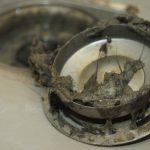 What Are The Top Causes of Foul Odours From My Drains?
What Are The Top Causes of Foul Odours From My Drains?
 Can Your Plumbers Help Unclog a Sink Drain?
Can Your Plumbers Help Unclog a Sink Drain?
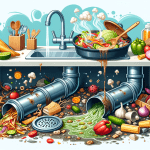 What Causes Foul Odours in Kitchen Drains?
What Causes Foul Odours in Kitchen Drains?
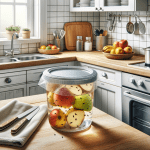 How Do I Minimise Fruit Flies in My Kitchen Sink?
How Do I Minimise Fruit Flies in My Kitchen Sink?
 Is It Possible For a Good Plumber to Stop a Bathroom Sink From Gurgling?
Is It Possible For a Good Plumber to Stop a Bathroom Sink From Gurgling?



